I have been looking at new rx java 2 and I'm not quite sure I understand the idea of backpressure anymore...
I'm aware that we have Observable that does not have backpressure support and Flowable that has it.
So based on example, lets say I have flowable with interval:
Flowable.interval(1, TimeUnit.MILLISECONDS, Schedulers.io())
.observeOn(AndroidSchedulers.mainThread())
.subscribe(new Consumer<Long>() {
@Override
public void accept(Long aLong) throws Exception {
// do smth
}
});
This is going to crash after around 128 values, and thats pretty obvious I am consuming slower than getting items.
But then we have the same with Observable
Observable.interval(1, TimeUnit.MILLISECONDS, Schedulers.io())
.observeOn(AndroidSchedulers.mainThread())
.subscribe(new Consumer<Long>() {
@Override
public void accept(Long aLong) throws Exception {
// do smth
}
});
This will not crash at all, even when I put some delay on consuming it still works. To make Flowable work lets say I put onBackpressureDrop operator, crash is gone but not all values are emitted either.
So the base question I can not find answer currently in my head is why should I care about backpressure when I can use plain Observable still receive all values without managing the buffer? Or maybe from the other side, what advantages do backpressure give me in favour of managing and handling the consuming?

